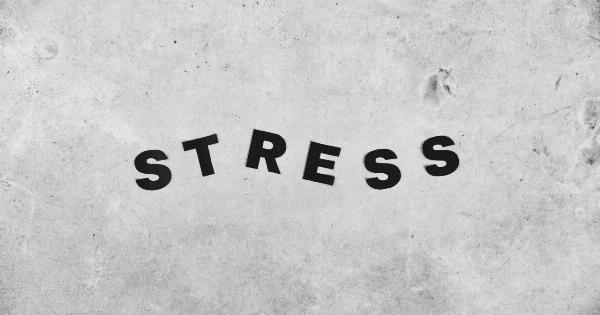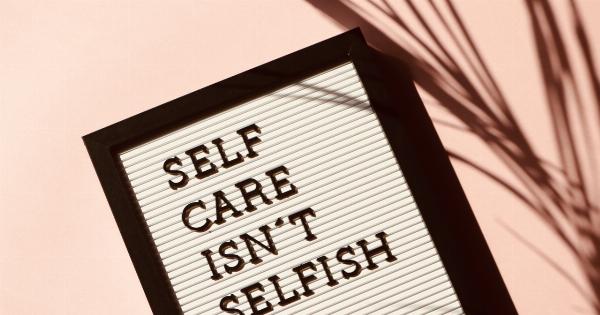Fear is a normal human emotion that helps us to avoid danger and potentially harmful situations. However, when fear becomes excessive or irrational, it can interfere with daily life and lead to a variety of mental health disorders.
Fortunately, research has uncovered how the brain is able to mitigate these feelings of fear.
The Amygdala: The Fear Response Center
The amygdala is a small, almond-shaped structure located deep within the brain’s temporal lobe. It is often referred to as the “fear response center” because it plays a critical role in processing fear-related information.
When we perceive a threat, whether real or perceived, the amygdala sends a message to the hypothalamus, which activates the “fight or flight” response.
This response triggers the release of adrenaline and other stress hormones, which prepare the body to either fight off the threat or run away from it.
However, the amygdala’s response to fear is not always accurate. For example, if someone has a phobia of flying, their amygdala may trigger the “fight or flight” response even though there is no real threat present.
This can lead to feelings of panic and anxiety, as well as physical symptoms such as sweating, fast heartbeat, and difficulty breathing.
The Prefrontal Cortex: The Fear Regulator
The prefrontal cortex is the part of the brain located at the front of the skull, just behind the forehead. It is involved in a wide array of cognitive functions, including decision-making, planning, and working memory.
However, it also plays a critical role in regulating fear and anxiety.
Research has shown that the prefrontal cortex is able to dampen the activity of the amygdala, effectively reducing the intensity of the fear response.
This is accomplished through a process known as “top-down control,” where the prefrontal cortex inhibits the activity of other brain regions, including the amygdala.
This process of top-down control is believed to be essential for regulating fear and anxiety.
In fact, individuals with anxiety disorders have been found to have reduced prefrontal cortex activity, which may contribute to their heightened fear responses.
The Role of Cognitive Behavioral Therapy
Cognitive behavioral therapy (CBT) is a type of talk therapy that is frequently used to treat anxiety disorders. The goal of CBT is to identify and change negative thought patterns and behaviors that contribute to anxiety and fear.
CBT is based on the idea that our thoughts and beliefs can influence our emotions and behavior. By changing these negative thought patterns, individuals can learn to regulate their emotional responses and reduce feelings of fear and anxiety.
For example, if someone has a fear of public speaking, they may have negative thoughts such as “I’m going to embarrass myself” or “Everyone is going to judge me.” Through CBT, they can learn to identify and challenge these thoughts, replacing them with more realistic and positive ones.
CBT may also involve exposure therapy, where individuals are gradually exposed to the object of their fear in a controlled environment.
Over time, this exposure can help to desensitize individuals to their fear and reduce the intensity of their fear response.
The Influence of Medications
Medications can also play a role in regulating fear and anxiety. Many medications used to treat anxiety disorders work by altering the activity of neurotransmitters in the brain, such as serotonin and norepinephrine.
Selective serotonin reuptake inhibitors (SSRIs) are a class of medications commonly used to treat anxiety and depression. They work by increasing the levels of serotonin in the brain, which is believed to help regulate mood and emotion.
Benzodiazepines are another class of medication frequently used to treat anxiety disorders. They work by increasing the activity of a neurotransmitter called GABA, which has a calming effect on the brain.
While medications can be effective in reducing symptoms of anxiety and fear, they are not always well-tolerated or effective for everyone. As with any medication, there may also be side effects and risks associated with their use.
The Importance of Mindfulness and Relaxation Techniques
Mindfulness and relaxation techniques can also be helpful for regulating emotions and reducing feelings of fear and anxiety. These techniques involve training the mind to focus on the present moment and to cultivate a sense of calm and relaxation.
One popular technique is mindfulness meditation, which involves focusing on the breath and allowing thoughts to come and go without judgment.
This practice has been shown to reduce symptoms of anxiety and depression, as well as improve overall well-being.
Other relaxation techniques include progressive muscle relaxation, deep breathing exercises, and visualization exercises. These techniques can help to reduce muscle tension, slow the heart rate, and promote feelings of calm and relaxation.
The Bottom Line
While fear is a normal human emotion, excessive or irrational fear can interfere with daily life and lead to a variety of mental health disorders.
Fortunately, research has uncovered how the brain is able to regulate fear and anxiety, offering hope for those struggling with these issues.
From the prefrontal cortex’s role in regulating fear to the effectiveness of cognitive behavioral therapy, medications, and mindfulness techniques, there are a variety of strategies that can help to reduce feelings of fear and anxiety.
By understanding how these strategies work, individuals can take proactive steps to mitigate their fear and regain control over their lives.































